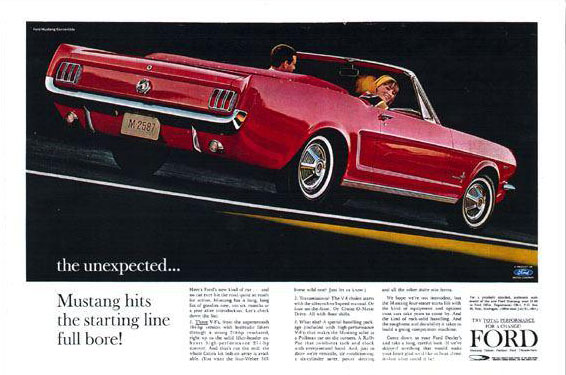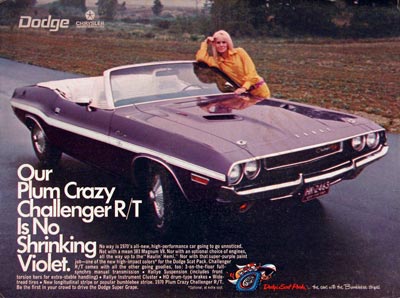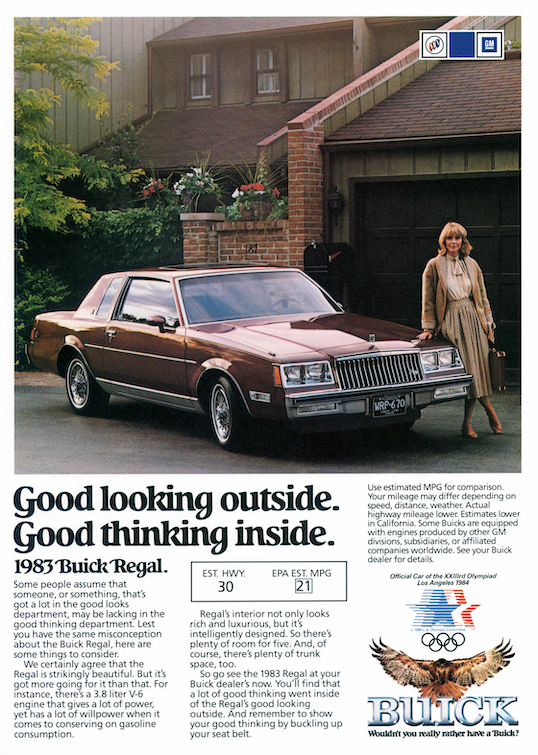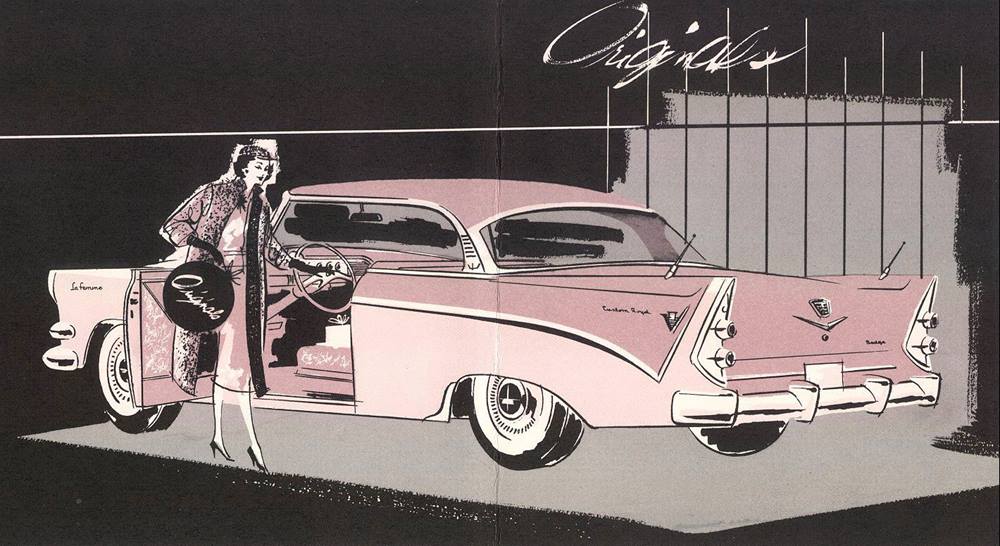
When muscle cars congregate at classic car shows across southeastern Michigan, there are always a large number of Ford Mustangs in attendance. One of the most successful vehicles to ever drive off Ford’s assembly line, the Mustang remains popular after over 50 years. With the introduction of the Mustang in 1964, Ford created what would evolve into a new class of muscle car – the pony car – the only muscle car class that still exists today. However, the Mustang was not originally conceived to fulfill demand for a high performance vehicle. Rather, as a quick, sporty, and fun-to-drive automobile with an affordable price tag, the Mustang was designed to appeal to both the young and young-at-heart. The wide selection of options available provided consumers with the opportunity to create a Mustang to meet automotive needs and personal desires. Lee Iacocca, who spearheaded the development of the Mustang, recognized the potential of the massive college educated baby boomer market. With the introduction of the Mustang, Iacocca sought to change Ford’s “stogy” image among boomers entering the workforce (Clor 10). Unlike the development of the Pontiac GTO, which was geared specifically to young men with a need for speed, the Mustang attempted to reach a much more diverse audience.
However, the Ford Mustang’s lack of power, especially in those production models with smaller V-6 engines, contributed to its growing reputation as the “secretary’s car.” Writes Clor, “the hard core muscle-car performance crowd wasn’t embracing the Mustang as a true muscle car in the same way they recognized the GTOs, the big block Galaxies, Impalas, and a handful of torque-laden Mopars” (30). While he recognized the demand for a more powerful Mustang, Iacocca could only do so much with the existing powertrain. Therefore, he relied on a partnership with Carroll Shelby to create a high-end, low volume “halo” performance car that would not only create “buzz” and give a boost to the Mustang’s street cred, but would also drive sales of the “more practical, affordable, and plentiful regular Mustangs” (Clor 30). It wasn’t until 1967 – inspired by the introduction of pony car competitors such as the Chevy Camaro, Plymouth Barracuda, and Pontiac Firebird – that Ford designers and engineers “went back to the drawing board to give ‘America’s Favorite Fun Car’ more style and power” (Clor 37).
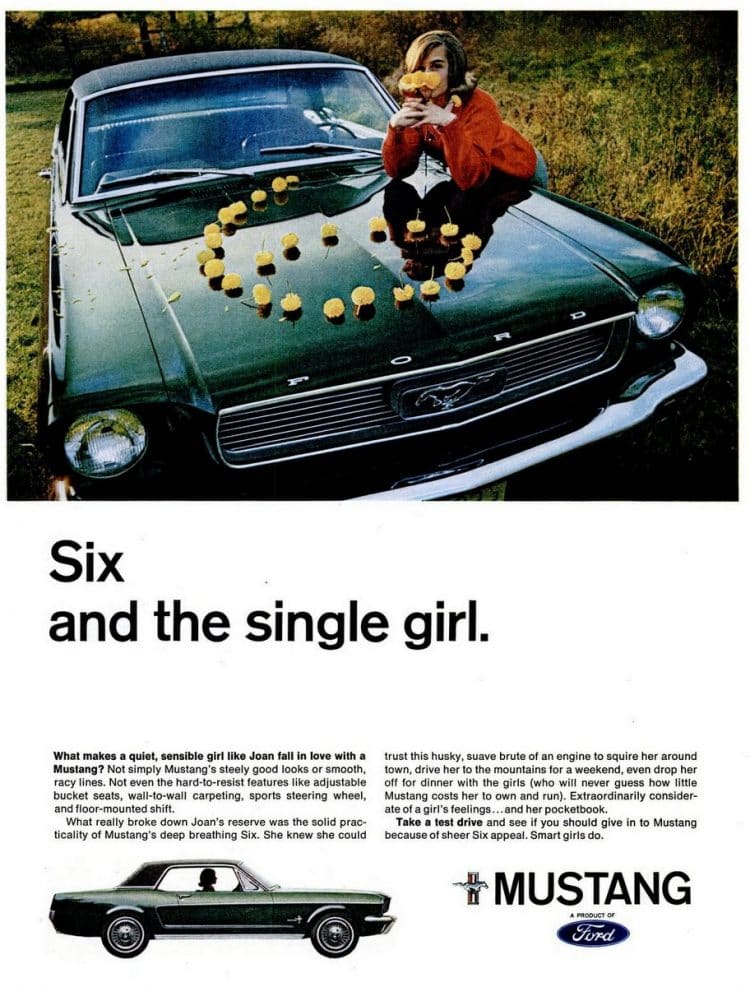
While the original Mustang was available with either a V-6 or V-8, the demand for the more powerful (relatively speaking) V-8 was high, no doubt inspired by the introduction of the GTO and other intermediate sized high performance muscle cars the same year. In the first year of the Mustang’s production, nearly three quarters of buyers demanded the V-8, which led to a surplus of the pedestrian six-cylinder model. Young women were targeted as buyers for the less powerful car; Ford cited the superior fuel economy of the smaller engine to entice the female buyer. An ad with the headline “Six and the Single Girl,” which played off the title of Helen Gurley Brown’s best seller, promoted the “practicality and sporty style of the six-cylinder Mustang” (Clor 22). Other advertisements in a similar vein soon followed. Through the application of gender to engine size, Ford was able to successfully define and market two different cars under one brand. While young women were encouraged to embrace the “secretary’s car,” the GT version, boasting 271 horsepower, became the popular choice of young male performance enthusiasts.
The Mustang was not conceived as a muscle car, but evolved into one as a response to the growing young male market hooked on power and performance. While the majority of classic Mustang owners today are male, the appeal of the Mustang to female drivers remains strong. The classic car hobby is built on nostalgia; those who participate in it often do so as a way to connect to a younger self. As the owner of a 1965 Mustang convertible told me, “this car lets me return to being a teen and crazy and I can relive all those things in my mind while I drive” (Interview). Unlike its automotive predecessors, the Mustang was designed to embody youth and freedom rather than functionality and practicality. Its buyers were attracted to its clean design, sportiness, affordability, and its promise as “fun-to-drive.” And unlike the GTO, Dodge Charger, and other “true” muscle cars, the Mustang – albeit the less powerful “secretary model” – was advertised to women. Thus many classic Mustang owners today remember the original not only in the context of muscle cars, but as an automobile driven and admired by women.
Classic Mustang owners often recall how female friends and family members reacted to the car’s introduction. “The year the Mustang was born,” writes the owner of a ‘65, “a good female friend of the family would point them out and say that is a classy car!” (Interview). Women also remember Mustangs owned by mothers and big sisters. “When I was 13,” exclaims a classic Mustang owner, “my girlfriend’s mom owned a hard top automatic Mustang. I could not reach the pedals because my legs were too short so my girlfriend used her legs and I steered the car.” (Interview). Today’s classic Mustang owners often had teenage boyfriends with the more powerful models. Some had the opportunity to drive them, while others simply longed for one of their own. As one woman remarked about her recent purchase of a classic ‘65, “I wanted something that kind of brought back memories to me about that Mustang back in my younger days” (Interview). Perhaps because driving a Mustang – rather than a GTO or ‘Cuda – was in the realm of possibility to those young women coming of age during the 1960s, purchasing the car 50 years later provides an opportunity for a once young woman’s dreams to come true. Driving her classic 1965 Mustang today, a graying 59-year-old woman remarked, “if we didn’t have to look in the mirror, inside the body feels [like] that young person again” (Interview).
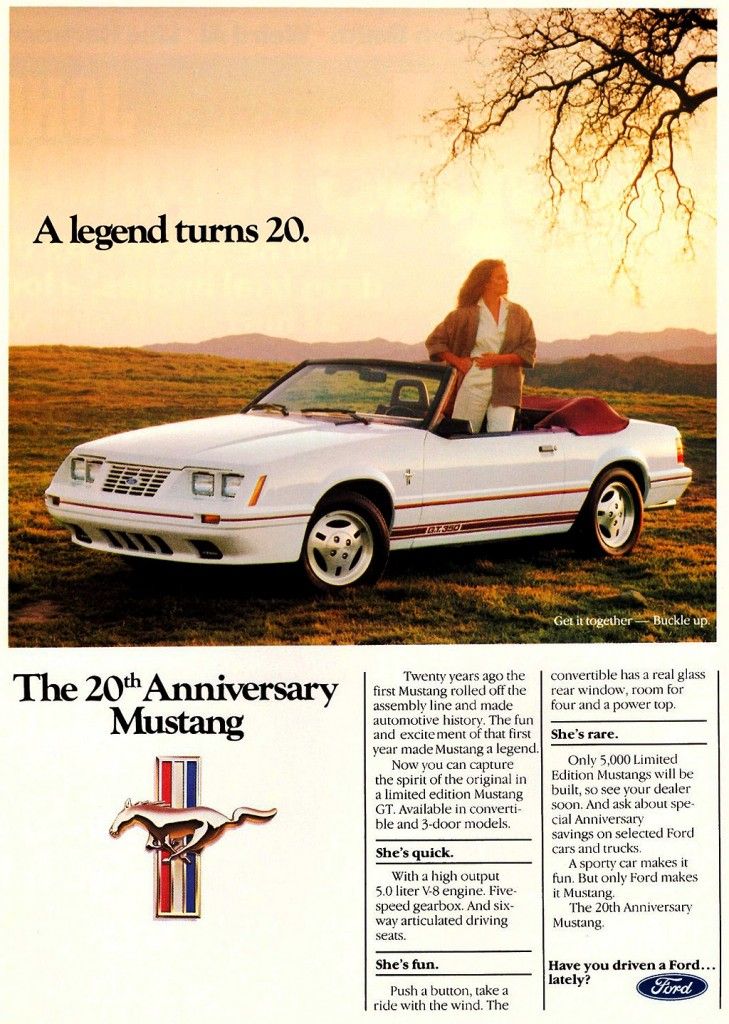
The Mustang is the only pony car with uninterrupted production. After the 1973 oil embargo brought the muscle car era to a close, the pony car returned to its original origins as a fun, stylish, and sporty car with more style than power. During the 1990s, the introduction of electronic fuel injection, turbochargers, and overdrive transmission resulted in more powerful ponies. However, the pony car didn’t return to its former incarnation as a powerful muscle machine until 2005, when Ford introduced a redesigned “retrofuturistic” Mustang on the SN-95 platform that married the iconic style elements of the late 1960s fastback models with modern automotive technology. As the first of what would become a growing stable of “retro” pony cars, the Mustang was resounding success. Much of its popularity can be attributed to the woman driver. While classic Mustangs are owned primarily by women of the boomer generation, the “retro” Mustang has been embraced by new generations of female car enthusiasts. In fact, the Mustang is not only the most popular retro muscle car among female buyers, but nearly a third of new Mustang owners are women (hedgescompany.com). Whether single and seeking a bit of automotive independence, or as married empty nesters looking for a new lease on life, many women have found that getting behind the wheel of a modern day Mustang has the ability to change the way they view themselves and the world around them.
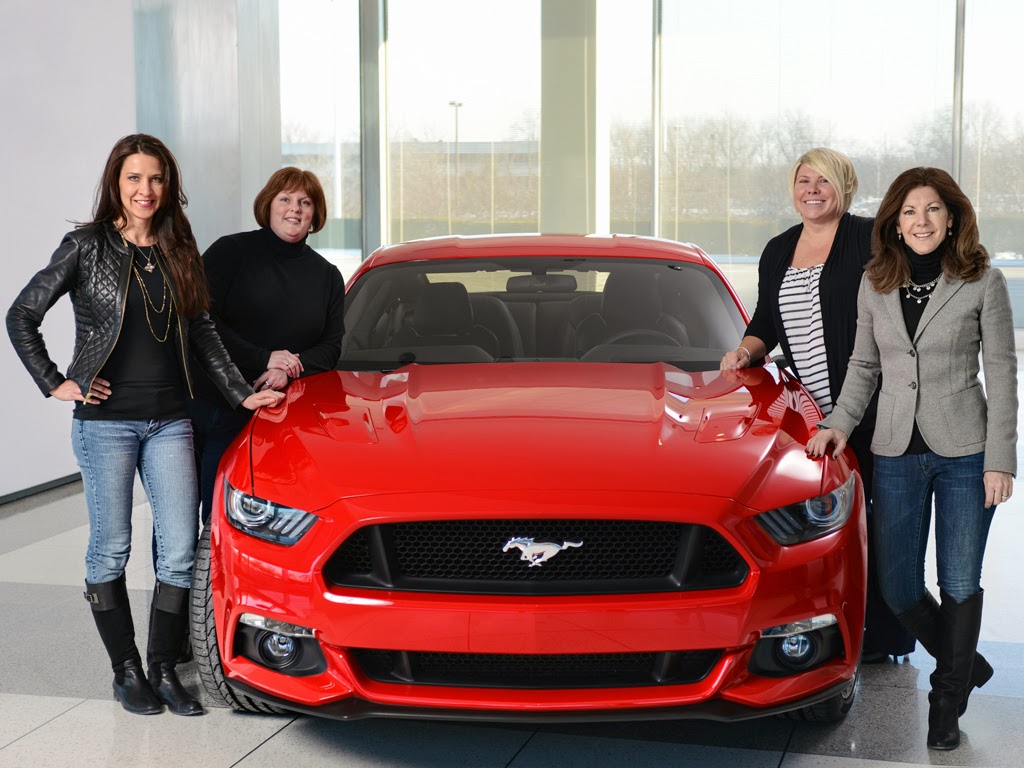
Throughout multiple generations, the Mustang has been a popular choice for the woman driver. As noted by auto site thenewswheel.com, “There’s an old stigma that muscle cars and performance vehicles are basically the automotive equivalent of G.I. Joes—i.e. toys made pretty much exclusively for boys [… ] Fifty years of women owning Mustangs makes this demonstrably untrue (particularly when one considers that the first person to buy a Mustang was a woman), and the fact that women are buying a ton of Mustangs certainly helps dispel that silly misconception.”
Clor, J. (2007). The Mustang dynasty. San Francisco: Chronicle Books LLC.


